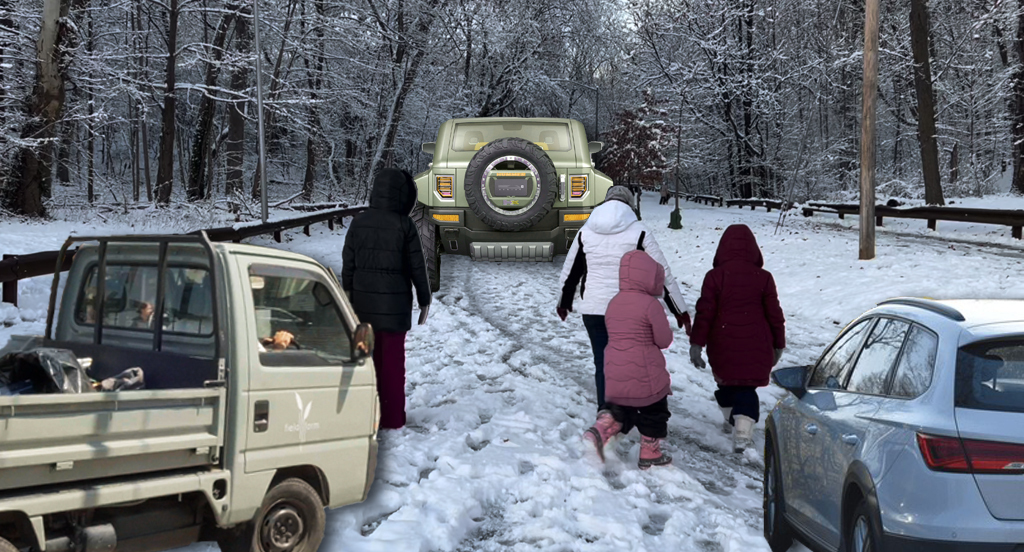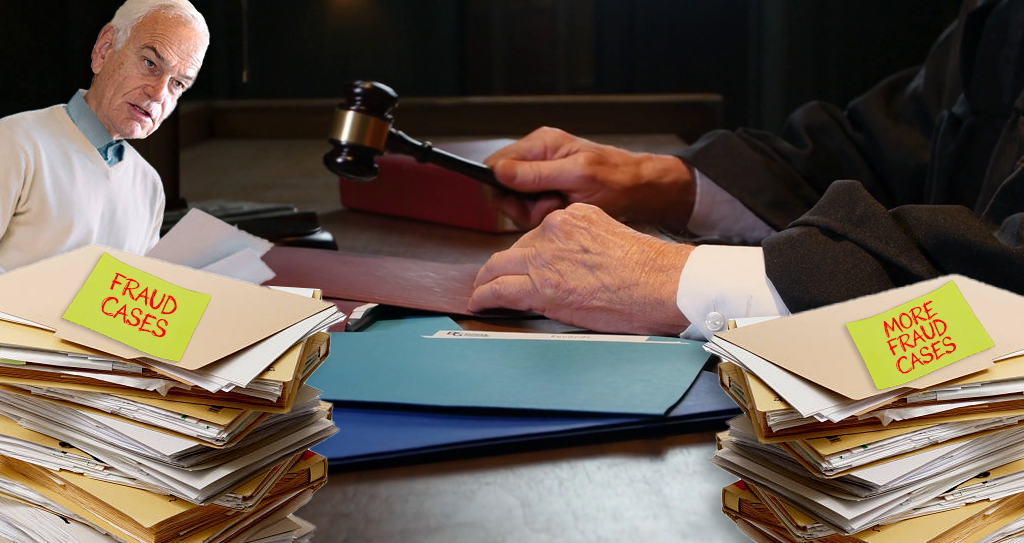
Cleveland doesn't look like a dying Rust Belt city these days in the Little Italy and University Circle neighborhoods. In fact, it looks like it's thriving.
At the corner of Euclid and Mayfield, a new mixed-use development -- MRN's "Uptown" -- is filling out, hosting a bookstore, a bakery, bars, and new apartments. Just across the street, the new home of the Museum of Contemporary Art sits gleaming, in the words of the New York Times, "like a lustrous black gem." Another major office, retail, and residential project is planned a stone's throw away.

It's hard to understate how remarkable this type of investment is in this area. Cleveland's decades-long population decline has helped make it one of the weakest urban real estate markets in the country.
But this is a sweet spot in Cleveland. The Cleveland Clinic -- Ohio's largest employer -- is less than a mile away. So are many of the city's renowned cultural institutions -- the Cleveland Museum of Art, the Cleveland Orchestra, and Case Western Reserve University. About 50,000 people work in the area.
Even so, the new developments in Little Italy might never have happened if not for the U.S. DOT's TIGER program. Greater Cleveland's Regional Transit Authority received a grant from the third round of TIGER funding in 2011, which provided about $9 million to rebuild and move a rail station from East 120th to Mayfield Road, right in the heart of the growing neighborhood.
Local leaders in Cleveland had for years hoped to move the station to help build on the nearby assets. When the RTA applied for funding through TIGER, it was one of 828 projects seeking $517 million in funding. Just 46 of those applicants were awarded grants.
Despite the enormous demand for TIGER, it has been under the constant threat of elimination by the House GOP since the program was launched in 2009. A recent proposal put forward by House Republicans would turn TIGER from a multi-modal program that helps cities and metro areas directly access federal funds into a roads program. Meanwhile, the Senate has proposed a new transportation bill that fails to fund TIGER.
And that's why Joe Biden was in Cleveland on Wednesday stumping for a new transportation bill that would preserve TIGER. "This is what we should be doing all over the nation," said Biden.
At a press event urging action on infrastructure, Biden grounded his appeal in the developments near the rebuilt RTA station. Without the TIGER grant, he asked, "Do you think they'd be making the kind of investment they're making right now in Little Italy?"
Investments like the TIGER grant to RTA help spur the kind of job creation that is desperately needed right now in Cleveland and throughout the United States, Biden said.
Cities like Cleveland especially need federal support. The state of Ohio does a miserable job supporting transit. Annually, the state allocates just $11.5 million to transit, ranking as one of the five worst states in the nation -- and by far the most populous of those five states. As a result, many residents are simply left behind. Statewide, 9 percent of households don't own cars, and in some Cleveland neighborhoods, more than half of households are car-free and depend on transit.
Greater Cleveland RTA only has about $75 million a year to spend on capital repairs, almost all of which comes from the federal government. And it's not nearly enough. The agency is responsible for 70 miles of transit infrastructure, RTA chief Joe Calabrese told the crowd yesterday. All of its traincars are about 20 years old. Meanwhile, many of its stations are about 50 years old -- and they need to be rebuilt, at a cost of around $15 million each.
TIGER funding has been a huge help to RTA, Calabrese said, enabling the agency to rehabilitate two stations. "These funds coming in from the federal government are impacting local companies and local jobs."





